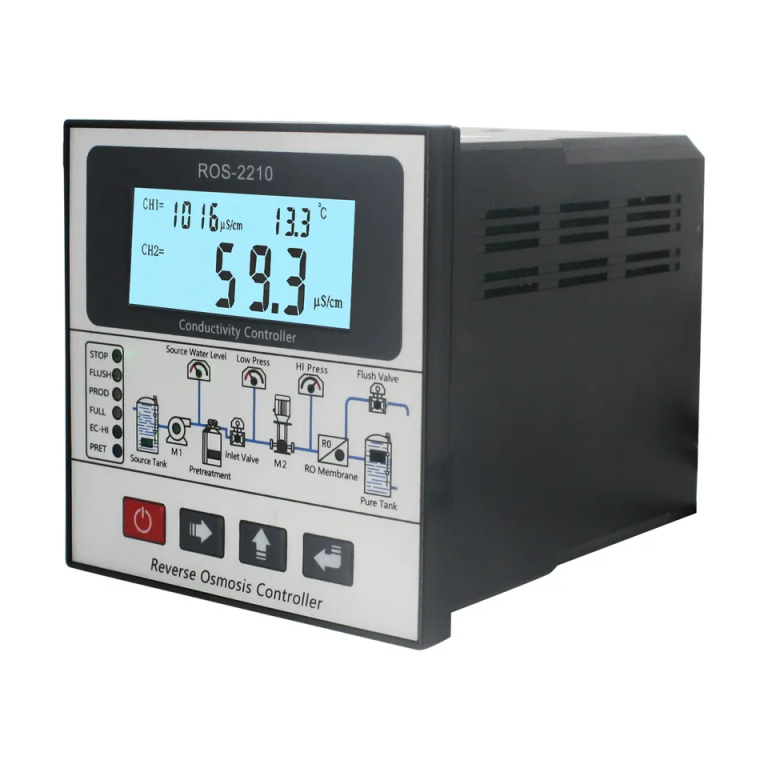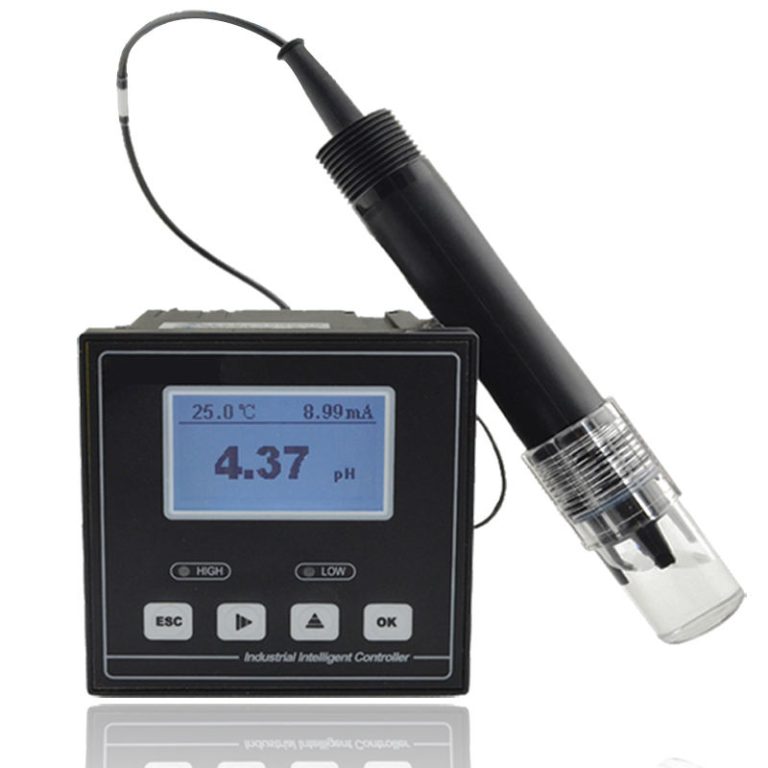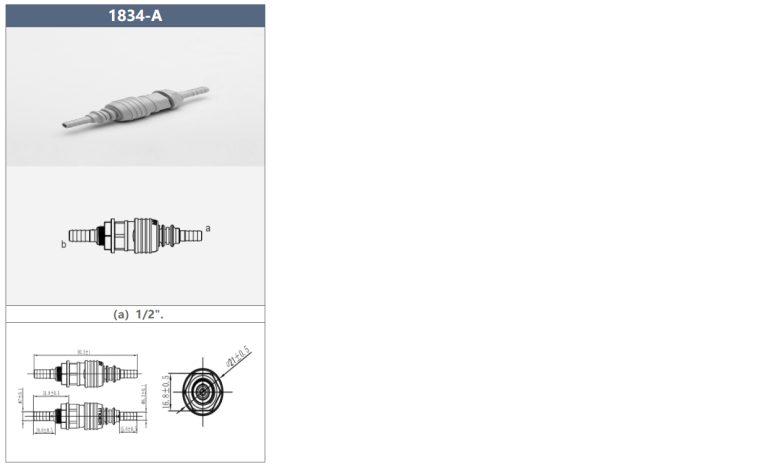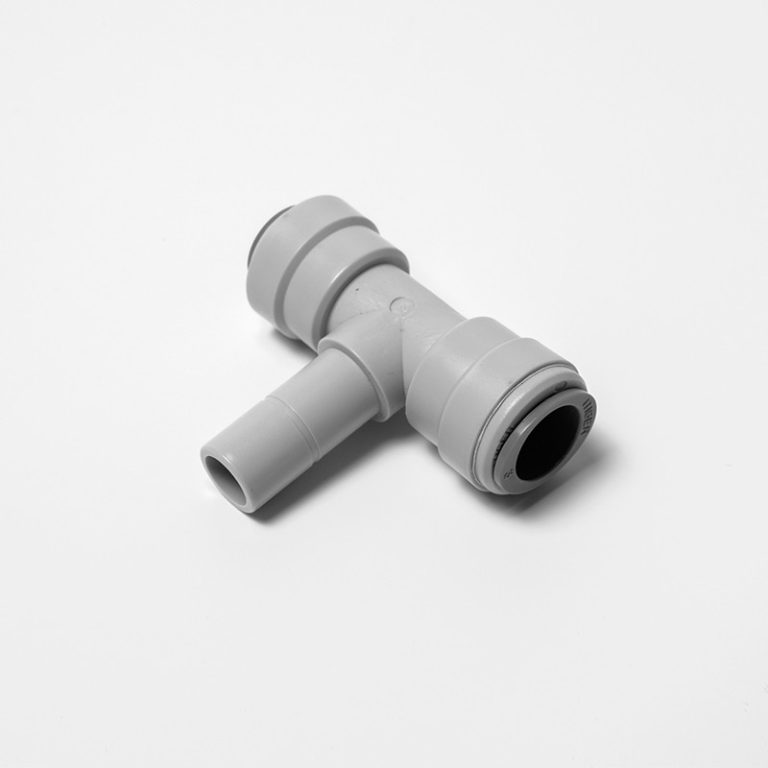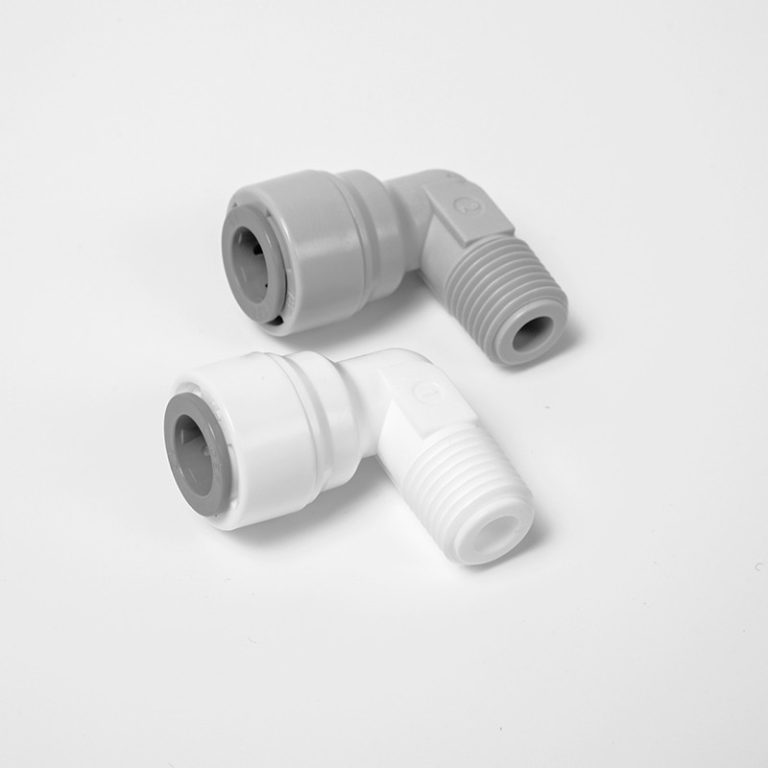“Measure, Monitor, and Maximize Oxygen Levels with Precision: Discover the Power of dissolved oxygen meters.”
Understanding the Basics of Dissolved Oxygen Meters
Understanding the Basics of Dissolved Oxygen Meters
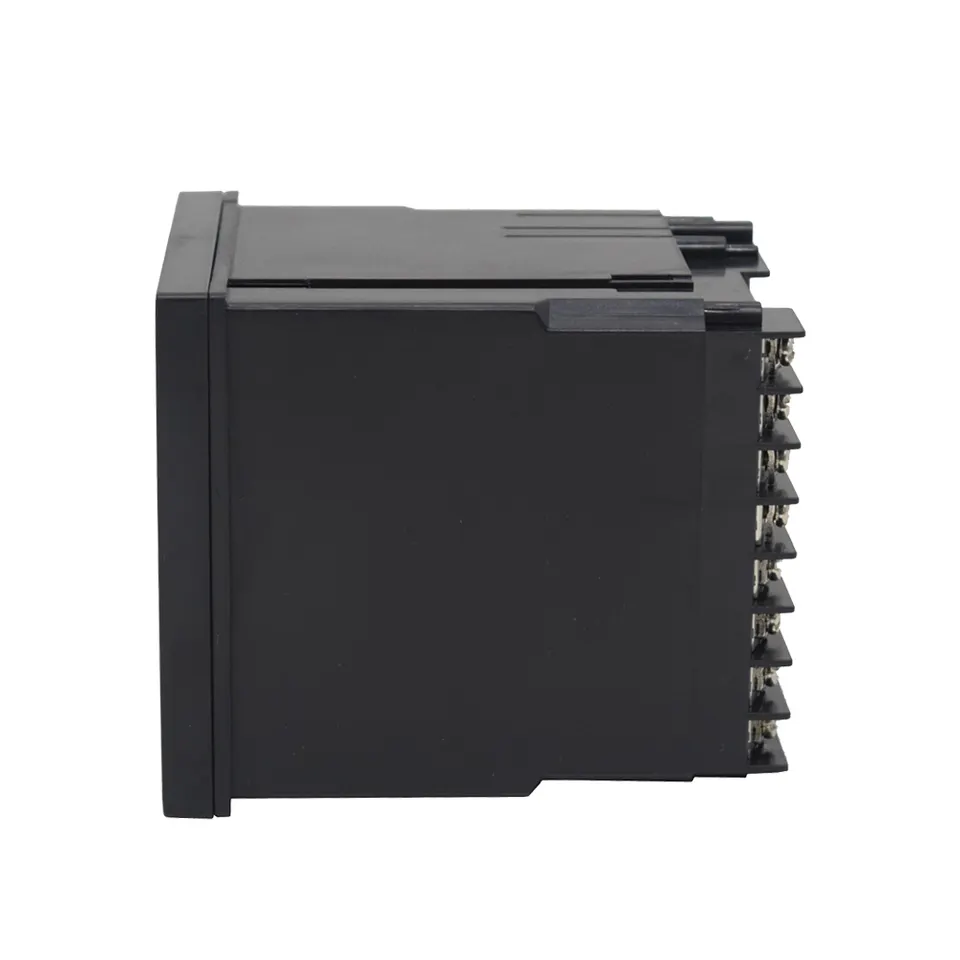
Dissolved oxygen meters are essential tools used in various industries to measure the amount of oxygen dissolved in a liquid. This measurement is crucial in many applications, such as wastewater treatment, aquaculture, and environmental monitoring. In this article, we will delve into the working principles of dissolved oxygen meters and explore how they provide accurate and reliable measurements.
To comprehend how dissolved oxygen meters work, it is important to first understand the concept of dissolved oxygen. Dissolved oxygen refers to the amount of oxygen gas that is dissolved in a liquid, typically water. This dissolved oxygen is vital for aquatic organisms, as it is necessary for their respiration and survival. Therefore, monitoring and maintaining appropriate levels of dissolved oxygen is crucial in various industries.
Dissolved oxygen meters utilize a variety of techniques to measure the concentration of dissolved oxygen in a liquid. One common method is the polarographic method, which involves the use of a polarographic sensor. This sensor consists of a cathode and an anode, separated by a gas-permeable membrane. When a voltage is applied across the electrodes, oxygen molecules from the liquid diffuse through the membrane and are reduced at the cathode. This reduction generates a current that is proportional to the concentration of dissolved oxygen.
Another technique used in dissolved oxygen meters is the optical method. This method utilizes a luminescent sensor that emits light when exposed to oxygen. The intensity of the emitted light is inversely proportional to the concentration of dissolved oxygen. By measuring the intensity of the emitted light, the dissolved oxygen concentration can be determined accurately.
Regardless of the method used, it is important to calibrate dissolved oxygen meters regularly to ensure accurate measurements. Calibration involves exposing the sensor to known concentrations of dissolved oxygen and adjusting the meter accordingly. This process accounts for any drift or deviation in the sensor’s performance over time, ensuring reliable and precise measurements.
In addition to calibration, proper maintenance of dissolved oxygen meters is essential for their optimal performance. This includes regular cleaning of the sensor to remove any debris or contaminants that may affect its accuracy. It is also important to store the meter in a clean and dry environment when not in use, as exposure to moisture or extreme temperatures can damage the sensor.
Furthermore, it is worth noting that dissolved oxygen meters can be affected by various factors that may influence their readings. Temperature, salinity, and pressure are among the key parameters that can impact the accuracy of dissolved oxygen measurements. Therefore, it is crucial to consider these factors and apply appropriate corrections when necessary.
In conclusion, dissolved oxygen meters play a vital role in monitoring and maintaining appropriate levels of dissolved oxygen in various industries. By utilizing different techniques such as polarographic and optical methods, these meters provide accurate and reliable measurements. Regular calibration and maintenance are essential to ensure their optimal performance. Additionally, considering factors like temperature, salinity, and pressure can help in obtaining accurate readings. With their ability to measure dissolved oxygen, these meters contribute significantly to the success and efficiency of various applications, from wastewater treatment to aquaculture and environmental monitoring.

